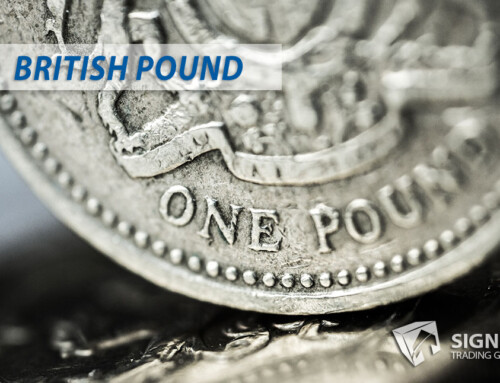The Troy Ounce
Today, we will take a deep dive into weights and measures, specifically the notorious troy ounce. While many may have heard of this term, its unique history and critical importance in the precious metal industry have yet to be discovered by most. By the end of this blog post, you’ll be more knowledgeable about the Troy ounce to impress your friends.
What is a Troy Ounce and its Significance?
In its simplest definition, a troy ounce (abbreviated “oz t”) is a unit of measurement used mainly for weighing precious metals, such as gold, silver, and platinum. Historically, it has been a standard unit of measure globally, ensuring consistent weight and value. The troy ounce’s importance extends beyond the precious metal industry, impacting manufacturing, particularly in minting coins and the jewelry industry.
The Origins of the Troy Ounce
The troy ounce has a fascinating history, dating back to the Middle Ages. The name “troy” is derived from the French town of Troyes, a significant trading hub during medieval times. Merchants from Troyes first adopted the Troy ounce as a standardized weight measure. Consequently, it spread across Europe thanks to the thriving trade routes of the time.
One key historical reference is that in 1527, King Henry VIII of England introduced a monetary reform, mandating that a “Tower Pound” (formally used for minting coins) be replaced by the troy ounce for weighing precious metals. It cemented the troy ounce as a pivotal standard in metallurgy.
Troy Ounce vs. Other Ounce Measurements
While the troy ounce is primarily used for precious metals, it is essential to understand the distinction between it and other ounce measurements, namely the avoirdupois ounce. A troy ounce is about 31.1035 grams, while an avoirdupois ounce equals approximately 28.3495 grams. This difference is because the troy ounce is derived from a troy pound containing 12 troy ounces, while an avoirdupois pound contains 16 avoirdupois ounces.
The key takeaway is that when discussing precious metals, the troy ounce must always be used, not the avoirdupois ounce, to avoid errors in weight and value calculations.
Importance of the Troy Ounce in the Precious Metal Industry
The troy ounce has become the standard measurement for precious metals worldwide. This unit of measure is primarily used on exchanges like the London Bullion Market Association (LBMA), the New York Mercantile Exchange (COMEX), and the Shanghai Gold Exchange (SGE). By using the troy ounce as the standard unit of measurement, these markets can easily compare prices, perform international trade, and maintain a uniform system for price discovery.
The Troy Ounce in Manufacturing and the Jewelry Industry
Beyond trade and investment, the troy ounce plays a vital role in manufacturing and the jewelry industry. Measuring accuracy is paramount when producing coins, bars, or jewelry from precious metals. The troy ounce ensures that the weight and value of the product are consistent, helping customers make informed decisions based on standardized measurements.
In conclusion, the troy ounce is a critical unit of measurement for weighing and trading precious metals. Its historical roots are fascinating, and its significance in the manufacturing and jewelry industry can’t be understated. To this day, it stands as the gold standard (pun intended!) for accuracy when it comes to pricing and evaluating precious metals.





